Without AI we are just scratching the surface of what could be drugged.
Of the roughly 20 thousand proteins encoded in the human genome, a little over 750 have FDA-approved drugs, and only about 2-3 thousand have a small molecule drug or biologic under development.
About 4 thousand genes have evidence linked to human disease, but may not yet have enough structural data for traditional drug design.
The remaining 80% of human gene targets are uncharted territory, representing the most challenging and most promising future for pharma and human health. AI has proven it can help unlock drug targets in both the most challenging and uncharted zones.





A hypothesis on HTRA-1 leads to a promising new drug candidate, and the formation of a new company to develop therapies for Age-Related Macular Degeneration (AMD).
“It’s an accurate and fast method for doing drug discovery,” he adds. “The AI approach is fairly novel. We would not have been able to achieve the same level of screening without it.”
 |
Jeff Perry |
Pursuing a novel target without disease evidence yields a validated new target for pediatric cancer.
“... the AI-powered results from Atomwise have aligned well with real-world results generated by medicinal chemistry experts at the university. 'Even without a real structure, the AI can faithfully capture at least 80 to 90 percent of the key structural features of the target,' Liu says."
 |
Pengda Liu |
AI finds a novel reducer for Miro1, and a promising new drug candidate for Parkinson's Disease.
Using the AI technology that tackles complex drug discovery optimization, we have searched for small molecules from a vast chemical space in silico that are predicted to bind to Miro1. Treating fibroblasts from PD patients with the selected compound elimi- nates the Miro1 molecular pathology..."
Hsieh et al., 2019, Cell Metabolism 30, 1–10, https://doi.org/10.1016/j.cmet.2019.08.023
Competitive Advantage of Scale & Speed
Future drugs are hidden in an enormously complex chemical space. We solve the most challenging targets by running the largest scale drug screens in human history to fully explore this space.
With AtomNet® we can screen over 16 billion synthesizable molecules against biological targets in <2 days. Once we find hits, we ship synthesized compounds to our partners for in-lab screening within weeks.

Proven Success With the Most Challenging Targets
Overall
Success
120
Projects
74%
Success
 No Training
No Training
Data
55
Projects
71%
Success
 Homology
Homology
Model
20
Projects
71%
Success
 X-ray
X-ray
Structure
84
Projects
75%
Success
 Protein-Protein Interactions
Protein-Protein Interactions
23
Projects
83%
Success

CryoEM
Data
1
Project
100%
Success
We solve the hardest problems in computer aided drug design, delivering hits even when there is little-to-no structural data for a target. AtomNet® screens make-on-demand molecules so that our AI results won't send you down a synthesis rabbit hole. 2-3 weeks after we complete a virtual screen you will receive predicted compounds to test in your lab. We have a history of success, delivering at least one hit validated in laboratory experiments 74% of the time, keeping our partners ahead of their competition.
Make the Atomwise AI Advantage Work for You

Broadly Applicable
With a 74% overall success rate with the most challenging targets across hundreds of projects spanning any class of protein and disease area.

Data Advantage
AtomNet® uses the world's largest screening library of over 16B+ molecules - and is covered by 19 issued patents, and yielding 17 pending patent applications to date.

Strong Partner
Our experienced team includes >75% PhD's including structural biology, medicinal chemistry, engineering and drug development.







